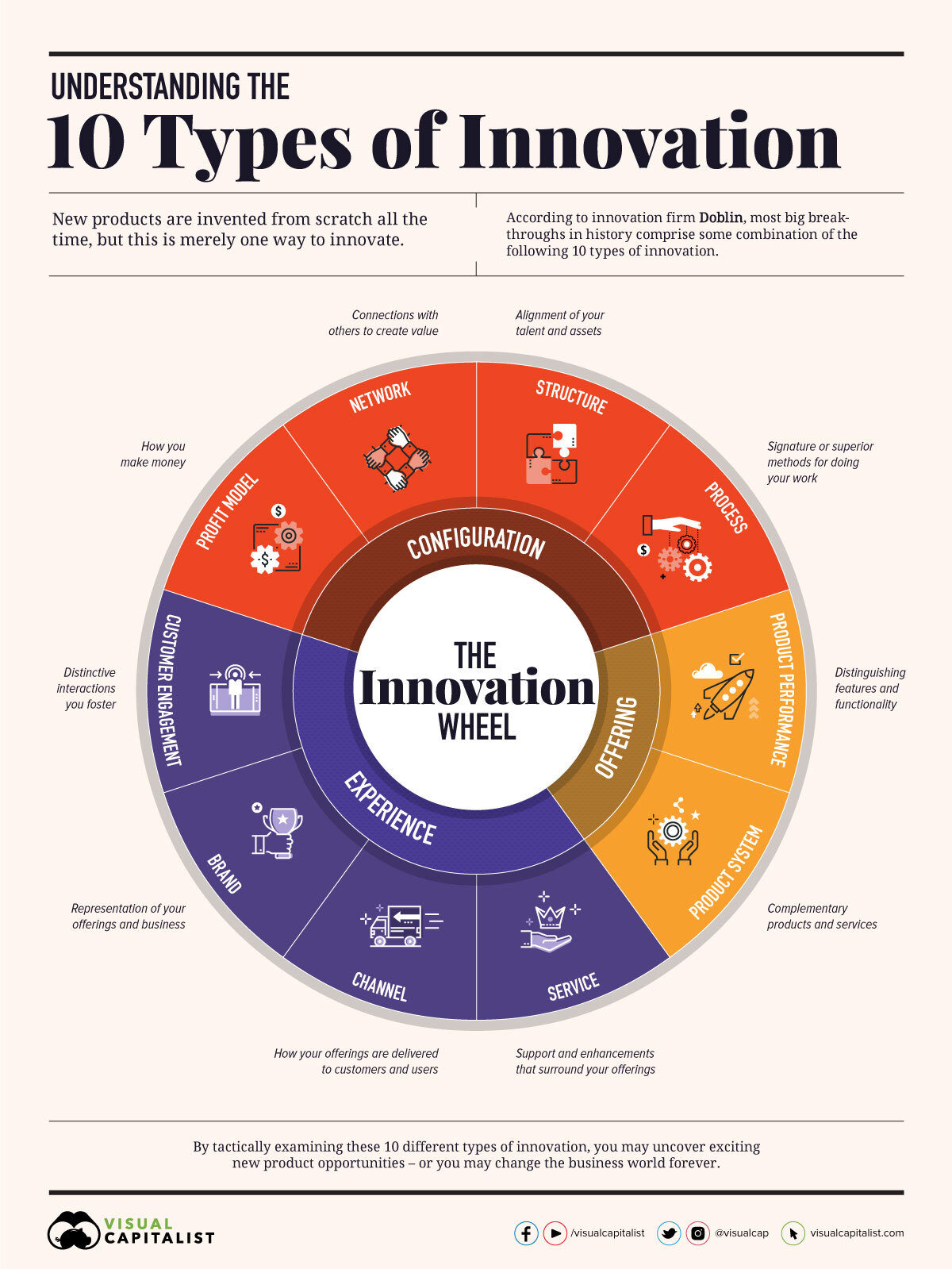Policy
Trailblazers '23: Frolic Resets Property's Value Creation Model
A property owner's ability to generate added revenue is at least part of the equation of bending cost curves down and human capability curves up to put more of America's total universe into a surer, safer way into decent housing access.

The car, her biggest investment, became her home — the roof turned into a dining table, the trunk a closet. And a weathered stretch of blacktop provided by a Methodist church became her yard, her neighborhood and her safe place." – I Live in My Car, by Rukmini Callimachi, with Photographs by Ruth Fremson, New York Times [gift link]
Access, affordability, attainability.
Qualify any one of these three states of capability with the word "housing" just in front of it and reflect on what meaning the combination could possibly have to Chrystal Audet and her 26-year-old daughter, the ones now living in that car.
The story goes on:
Tens of thousands of people are living in their vehicles,” said Graham J. Pruss, an applied anthropologist studying the trend, who heads the National Vehicle Residency Collective. "It’s huge.”
Whether it's someone we love, someone we know well, someone we see, or someone we hear about often, heart-breaking consequences of America's housing affordability crisis are officially an "everything, everywhere, and all at once" matter, on the streets, right up to the Oval Office.
The housing affordability crisis can only be solved by adding additional attainable, affordable supply," writes Robert Dietz, chief economist for the National Association of Home Builders.
It's that simple. And it's that hard.
Elon Musk, a genius champion of "first principles" thinking advises:
Boil things down to their fundamental truths and reason up from there, as opposed to reasoning by analogy. Through most of our life, we get through life by reasoning by analogy, which essentially means copying what other people do with slight variations."
This way of solutions-seeking, Musk and other first-principles disciples believe, razes structure to the ground and rigorously unpacks what that structure is made of... assumptions, prior experience, others' rules, etc. It's elegant and heady, and can lead to the brand new. At an applied level, it's an awful lot of upfront pre-work so that you can see the actual work stripped down and simplified.
It is important to view knowledge as a sort of semantic tree. Make sure you understand the fundamental principles, ie the trunk and big branches, before you get into the leaves/details or there is nothing for them to hang on to.” – Elon Musk
Only ever "start from scratch" if you want new solutions, First Principles thinking goes on to suggest.
Thing is, doesn't it make you curious that a man who's bent – successfully, so far – on disrupting transportation, energy, communications, and space hasn't evidently tried to apply his take on first principles thinking to an enterprise that would profitably produce housing for all Americans?
Someone who views "knowledge as a sort of semantic tree" may solve for battery-powered cars, satellite signals, solar roofing tiles, underground transport, home-energy storage, and other needed transformative capabilities.
But, by doing so, he may overlook the essential nature of potential solutions to housing's affordability crisis. That is, by isolating on a solution that springs from a single "semantic tree" of knowledge you'll smack head-on into conflict with housing's other equally important trees.
Solutions-seekers edging in from the fringes of housing's attainability, access, and affordability crisis know they need to graft several "semantic trees" all drawing from the same root structure if they're going to come close to tackling the problem.
Deloitte's Doblin Group diagrams 10 types of innovation that help characterize the big breakthroughs in history. Here's what that looks like according to Visual Capitalist analyst Jess Desjardins.

Solutions-seekers for the housing crisis in 2023 and beyond need a "knowledge as a semantic tree" graft across at least six or seven of these innovation axes:
- construction costs and productivity
- an activated network of relationships to influence zoning policy
- improved process that eliminates waste and adds meaning and value
- talent structures that secure renewability and next generation engagement
- complimentary supportive services – food, healthcare, jobs training, education
- performance (home and community resiliency/durability under climate stress)
- profit model (how money comes in and goes out in value creation)
- community embrace
Now, it's ever-more widely appreciated that a property owner's ability to generate added revenue – through short-term rental units or ADUs, mostly – is at least part of the equation of bending cost curves down and human capability curves up to put more of America's total universe into a surer, safer way into decent housing access.
Frolic, for instance, a Seattle-based cooperative ownership model, helps existing homeowners build additional units – structured as a co-op – on an existing single-family lot. Frolic has specifically pursued the co-op model to access co-op financing for construction costs and lower down payments for the new units. Ultimately, this model is designed to take advantage of upzoning policies, but keeps and re-circulates wealth within families and communities rather than risking displacement by external developers.
A top 10 finalist among 2023 Ivory Prize entrants in the Finance category, Ivory Innovations notes:
Frolic is paving the way for thousands of new, multi-family housing cooperatives to be built on lots with single-family homes in cities across the U.S. Their homes require down payments of $10-$30k, creating opportunities for low-wealth and BIPOC families that have generationally rented to enter into homeownership."
Frolic uses equity from a homeowner’s land combined with community-raised capital to fund the construction of new units. Frolic’s use of co-op financing – rather than condo financing, for example – enables two forms of debt, a shared AND blanket mortgage. The blanket mortgage allows Frolic to borrow against the land value for construction funding without requiring any individual, or future co-op residents to put in money. This allows Frolic developments to offer extremely low down payments to future residents. Eventually, Frolic will make money by establishing a fund and licensing this model to other developers.
Through a lens of strict first principles thinking, Frolic might focus on solving for bending property zoning in the direction of creating more revenue for the lot owner. However, that fix alone – that single "semantic tree" – would scarcely begin to tackle all the challenges conspiring against access for more local people in a particular project or jurisdiction.
Frolic co-founder and COO Josh Morrison tells us:
We're constantly honing how we describe what we are and what we do," says Morrison. "We're not as simple as just a developer or a builder. Part of what we see our role as, especially as we grow – is deconstructing the development process into its components and allowing more organizations, people, entities, businesses to interact within the development system. That means building out an ecosystem or a system of puzzle pieces – capital, land, future buyers and owners, builders, architects, developers for fee-based, developers who are used to arranging capital for certain aspects of the process. Add to that our relationship with lenders and then the ownership system and structure, and the legal process that holds it all. All of those different pieces allow people to interact with each other within the financial model and the backing for that. And so the idea is that we can work with different partners for different projects and bring them to life.
Frolic's aim is to build the capability to impact current and future generations. Homeowners become owners of affordable developments and build wealth that can then be passed on to their children. Rather than being forced out into renting, future generations can remain in generational homes and acquire their family’s stake in the co-op. Residents are historically generational renters who have broken the pattern through their purchase of an affordably priced unit. Future generations will now have access to one of the strongest wealth-building tools available, thus improving overall financial stability.
The model – supported and nurtured as Frolic plans to do it – heads towards a virtuous-cycle sustainable, generational value-creator, says Frolic co-founder and CEO Tamara Knox:
We're creating the frameworks and infrastructure to make sure our processes work," says Knox. "That means a careful and precise understanding of how different partners engage with a system that works with their particular fields of focus. Because we're trusted in making that infrastructure and that framework, the process itself can allow individuals to step in who have wonderful stories, and people within neighborhoods who know what makes them tick far more than we or any other developer could. People and their community organizations are full of heart and ideas. The way we view our role is to provide them the capability to interact with systems that drive the real estate process. We get behind those dreams and allow the people and the community hold on to their root and purpose."
Simple. And hard. But like grafting many trees into a single shared root system.
MORE IN Policy
Can Ditching the Car Unlock Pent-Up Housing Demand?
A car-free lifestyle could help homebuyers afford more — and give developers a powerful new lever near transit hubs. It's part of a 'missing middle' solutions set.
California Breaks CEQA Barrier To Reignite Housing Production
Championed aggressively by Gov. Gavin Newsom, the historic environmental law reform unlocks the potential for infill housing—and could become a model for other high-barrier states.
Governor’s Veto Derails Connecticut Upzoning Push
State leaders aim to regroup for a fall special session after a housing bill faces resistance from local zoning defenders.
